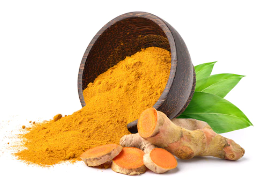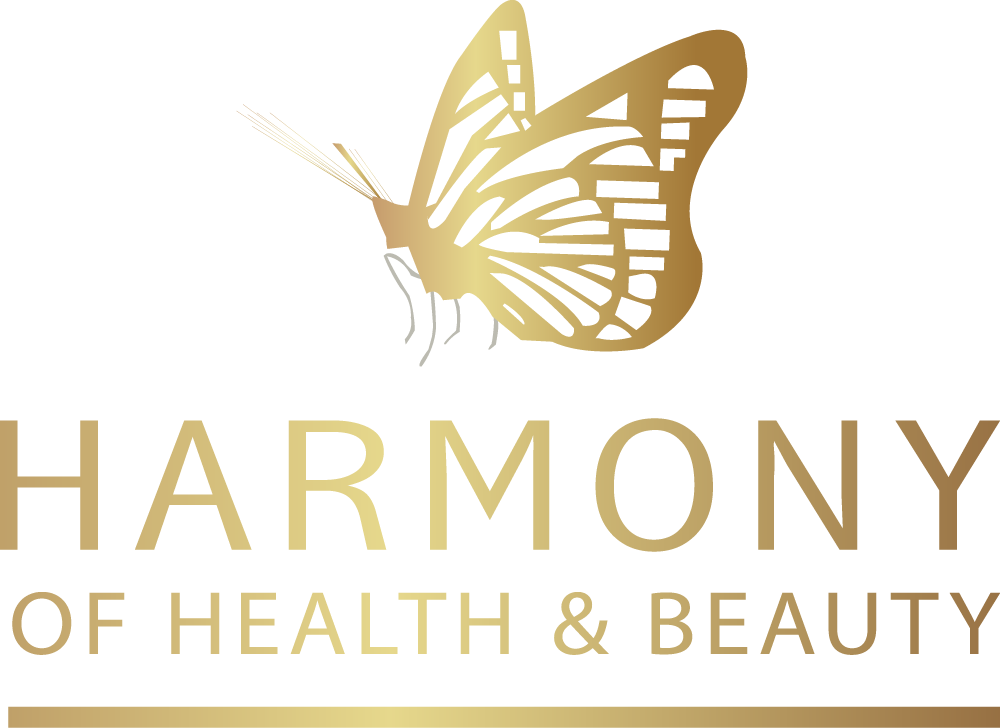Migraines are a debilitating condition that affects millions of people worldwide, causing intense headaches, sensitivity to light and sound, and sometimes accompanied by nausea. These excruciating headaches can disrupt daily life and hinder individuals from fully engaging in activities they enjoy. In this blog, we will explore a holistic approach to overcoming migraines, delving into the MIND, CHEMICAL, PHYSICAL, and ENERGY imbalances that can influence this condition and pave the way to a pain-free life.
1. Mastering the Power of the MIND
The mind plays a crucial role in the experience of excruciating headaches. Migraines can be triggered or exacerbated by various negative emotions. Here are some common negative emotions that can contribute to migraines:
- Stress and Anxiety
- Anger and Frustration
- Fear and Worry
- Sadness and Depression
- Guilt and Regret
- Overwhelm and Helplessness
- Resentment and Bitterness
- Impatience and Irritability
- Jealousy and Envy
- Loneliness and Isolation
It’s important to note that each individual may have specific emotional triggers, and the impact of emotions on migraines can vary from person to person.
RELAXATION

Guided Visualization is a valuable technique to release negative emotions.
Close your eyes and imagine a serene and safe environment, you can focus on each negative emotion, acknowledging its presence, and then visualize it dissipating like a cloud in the gentle breeze.
This visualization helps release emotional tension, promoting relaxation, and fostering emotional balance, ultimately supporting migraine management and overall well-being.
.
2. Balancing the Body CHEMISTRY
Various chemical imbalances and dietary factors can contribute to migraines. It’s important to note that individual responses may vary, and keeping a migraine diary can help identify specific triggers. By paying attention to what we consume, we can take proactive steps to manage this condition.
1. Food Triggers:
Processed Meats: Nitrites and nitrates in processed meats can trigger migraines.
Aged Cheeses: Tyramine, found in aged cheeses, can be a trigger for some individuals
Monosodium Glutamate (MSG): Found in some processed and restaurant foods, MSG can be a trigger.
2. Drinks:
Red Wine: Contains histamine, which can trigger migraines in some people.
Caffeinated Beverages: Coffee, tea, and energy drinks may trigger migraines, especially when consumed in excess.
3. Medications:
Hormonal Contraceptives: Some individuals may experience migraines as a side effect of hormonal contraceptives.
Nitroglycerin: A medication used to treat chest pain (angina) that can trigger headaches or migraines in some cases.
4. Chemicals:
Perfumes and Strong Odors: Strong smells and chemical fragrances can trigger migraines in sensitive individuals.
Environmental Toxins: Exposure to certain environmental toxins and pollutants may contribute to headaches.
Endocrine-Disrupting Chemicals (EDCs): Found in plastics, pesticides, and personal care products, EDCs can impact hormonal balance and trigger migraines.
SUPERFOOD TO HELP WITH MIGRAINES

“Turmeric” – Contains a powerful compound called “curcumin,” which has anti-inflammatory and antioxidant properties. Inflammation is believed to play a role in migraine development, and curcumin’s anti-inflammatory effects can help reduce migraine frequency and intensity. Incorporating turmeric into your diet, either as a spice in cooking or in the form of supplements, may support excruciating headache management.
.
3. Unlocking PHYSICAL Potential
Physical well-being is closely linked to headache management.
Incorrect alignment and tension in muscles can cause neck and shoulder strain, leading to tension headaches and excruciating headaches. Addressing these imbalances through posture correction, body alignment techniques, and energy-balancing modalities can help alleviate migraine triggers stemming from physical conditions and promote overall well-being.
EXERCISE
Thai Chi

Tai Chi is a gentle and slow-moving martial art that emphasizes deep breathing, mindfulness, and fluid body movements. Practicing Tai Chi regularly can help reduce stress, tension, and anxiety, which are common triggers for migraines. Additionally, the slow and controlled movements in Tai Chi can promote relaxation, improve posture, and enhance overall body awareness, making it a valuable addition to a holistic migraine management routine.
.
4. Harmonizing Your ENERGY
Meridians are energy channels in the body, and chakras are energy centers. When these energy pathways are blocked or imbalanced, it can disrupt the flow of vital energy (Qi) and create tension or stagnation in specific areas. In the case of migraines, blocked energy in the head and neck region can lead to increased tension, vascular constriction, and inflammation, triggering migraine episodes. By using kinesiology techniques to identify and rebalance these energy imbalances, the body’s natural energy flow can be restored, reducing the frequency and intensity of excruciating headaches and promoting overall well-being.
UPLIFT YOUR ENERGY
“Breathwork.”
Practice abdominal breathing, where you inhale deeply through your nose, allowing your abdomen to expand, and exhale fully through your mouth, releasing tension.
This technique promotes relaxation, reduces stress, and enhances oxygen circulation, supporting a balanced energy flow and potentially reducing the frequency and severity of excruciating headaches. Regularly incorporate breathwork into your daily routine to experience its benefits.
MOTIVATION
“Embrace the power within you – the synergy of kinesiology approaches – to unlock the path to radiant health. Just as the sun rises to illuminate the world, let your inner light guide you through the labyrinth of migraines. With mindful healing, energy balance, and unwavering determination, you can conquer the storms of pain and discover a life filled with joy and vitality.”
.
ADDITIONAL TIPS TO HELP WITH MIGRAINES
- REGULAR EXERCISE
Engaging in low-impact exercises like walking, swimming, or yoga can help release endorphins and reduce stress, which can contribute to headache relief.
2. SLEEP HYGIENE
Establishing a consistent sleep schedule and creating a relaxing bedtime routine can improve sleep quality and reduce the likelihood of neurologic disorders triggered by lack of rest.
3. EYE CARE
Reducing screen time, taking regular breaks during extended periods of screen use, and ensuring proper lighting can alleviate eye strain and reduce the risk of headaches triggered by visual stress.
.
INSPIRATION

“Within the darkness of migraines lies the potential for a pain-free future. Embrace the journey towards healing, knowing that with a holistic approach, you can regain control over your life. Every step you take, no matter how small, brings you closer to a life free from the grip of migraines. Unleash the power of holistic kinesiology and let it guide you towards a life filled with joy and fulfilment.”
ADDITIONAL RESOURCES
Dr Andrew Huberman is a prominent professor of neuroscience at Stanford University’s School of Medicine. He conducts groundbreaking studies on topics such as neural circuitry, stress responses, and optimal brain function.
In this episode, Andrew Huberman explores the origins and remedies for various forms of head discomfort, such as tension headaches, migraines, sinus and cluster headaches, as well as those linked to hormonal fluctuations like menstrual headaches. He details methods for distinguishing between these headache types and choosing appropriate treatments, which encompass both prescription and non-prescription options, along with behavioral and nutrition-based strategies. Additionally, he delves into the scientific evidence and mechanisms supporting the utilization of omega-3 fatty acids, high-dose creatine, peppermint oil, turmeric, acupuncture, and other potential remedies.
Book a Kinesiology Session for Migraine Relief!
By following a kinesiology approach, you can unlock the path to relief from excruciating headaches and open the door to a healthier, happier life. Remember, each person’s journey is unique, so be patient with yourself and stay committed to the process.
With dedication and support, you can overcome this neurologic disorder and embrace a life filled with joy and purpose. Don’t wait to take back control of your well-being.
Book your session now and embark on a transformative journey towards a pain-free life!




Add Comment